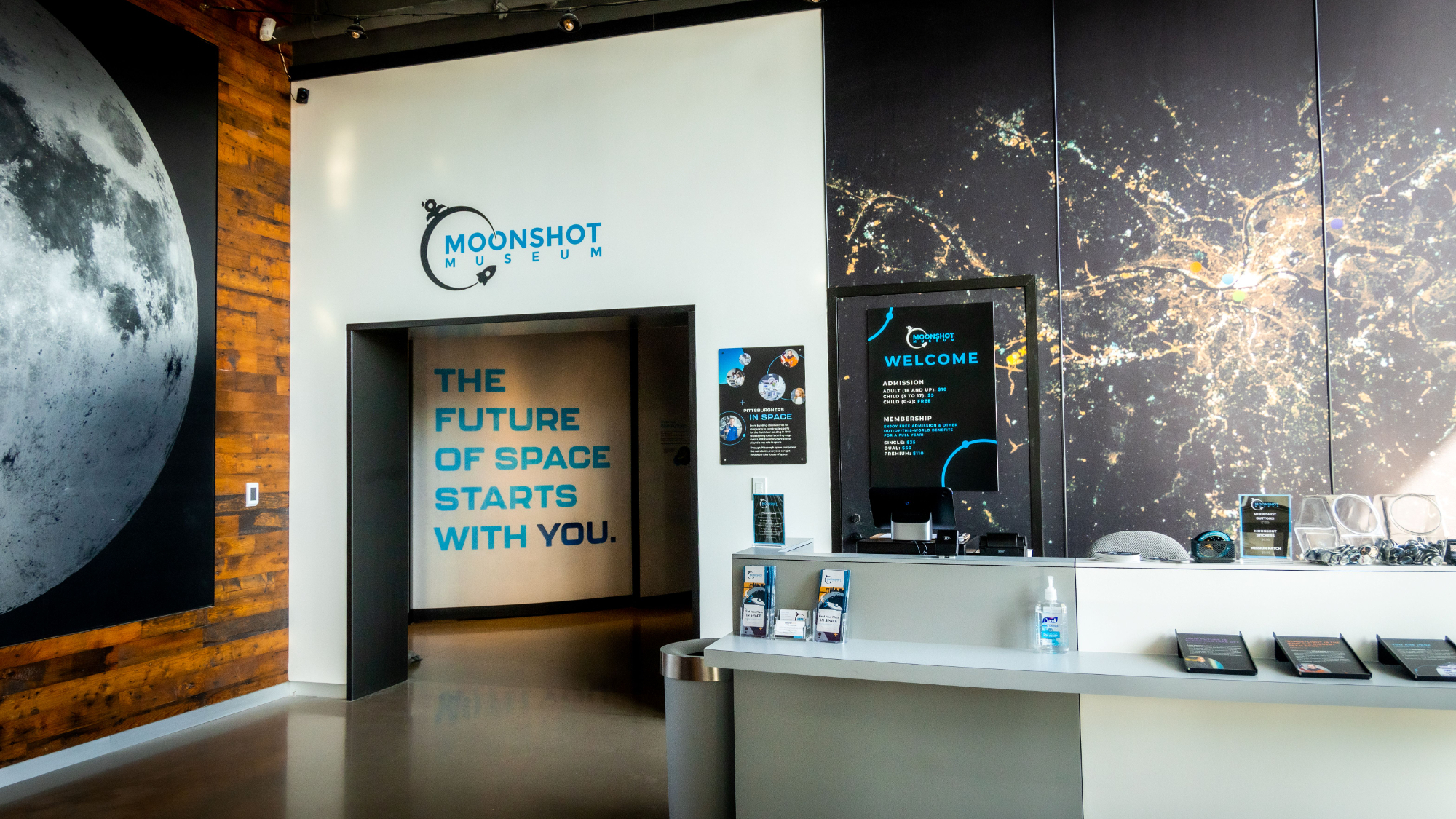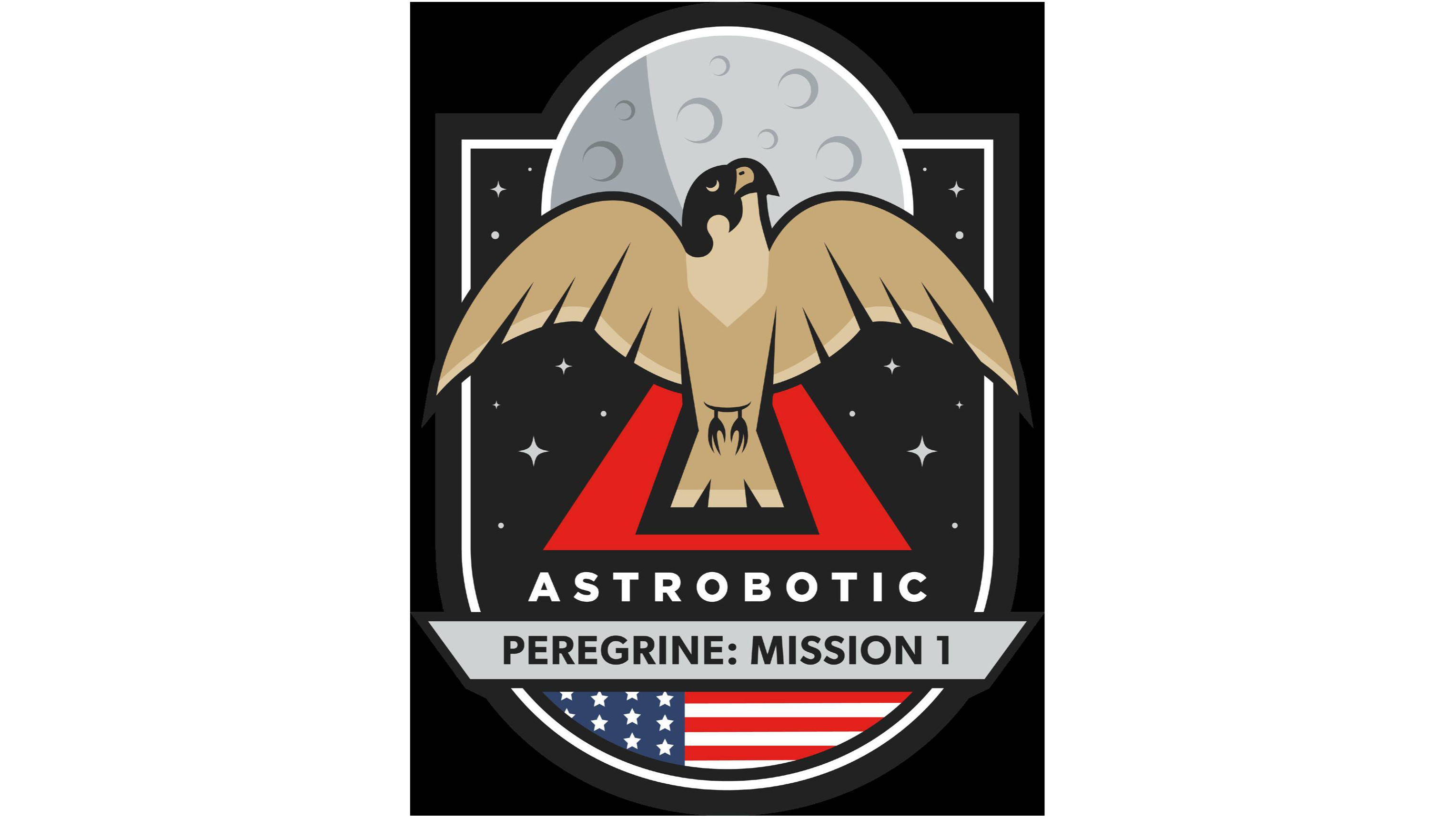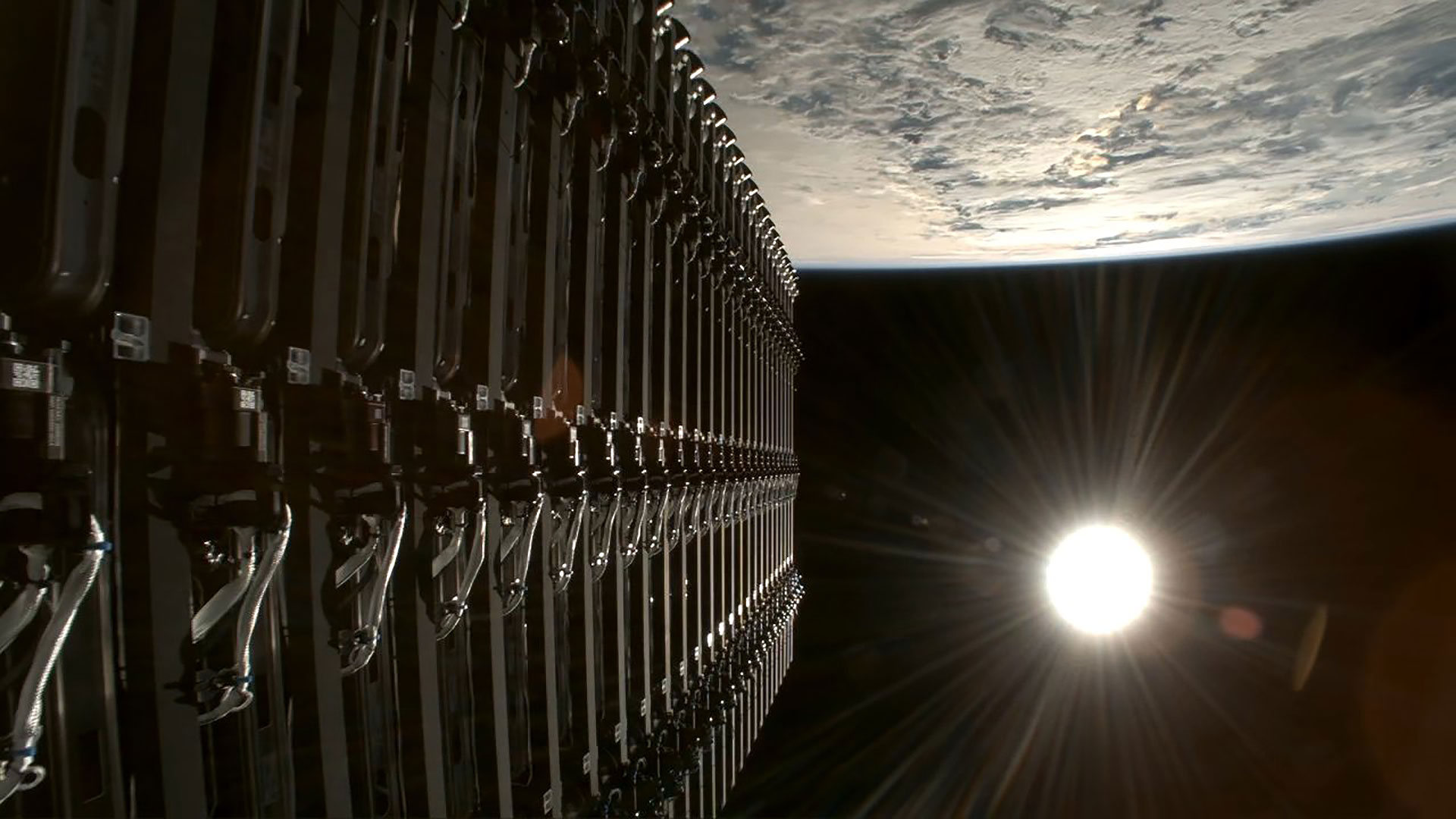For Astrobotic, big risk (and bigger reward) ride on private Peregrine moon lander's Jan. 8 launch

The Pittsburgh company aims to pull off the first-ever private moon landing.

The upcoming liftoff of a moon lander — Peregrine Mission One — is a nail-biter for many reasons. As a privately built spacecraft, it represents an undertaking advanced by NASA's Commercial Lunar Payload Services (CLPS) initiative.
The Peregrine lunar lander was manufactured by Astrobotic, a Pittsburgh-based firm, and carries a variety of NASA and commercial payloads.
So Pittsburgh could soon be considered a gateway to the moon, along with NASA's Johnson Space Center in Houston and Florida's Space Coast. Helping to make this connection, at Astrobotic's headquarters, there's an adjoining Moonshot Museum that offers the public first-hand looks at lunar lander development.
Peregrine Mission One will launch from the Space Coast on Jan. 8, on the first-ever liftoff of United Launch Alliance's (ULA) new Vulcan Centaur rocket.
The private moon lander is slated to touch down in late February, planting its legs at the moon's Sinus Viscositatis (Bay of Stickiness), adjacent to the Gruitheisen Domes. The touchdown target is on the northeast border of Oceanus Procellarum (Ocean of Storms).
Related: Private Peregrine moon lander is stacked on ULA Vulcan rocket ahead of Jan. 8 launch
Long and winding voyage
Peregrine represents prime-time history in the making; it seeks to become the first private lander ever to pull off a touchdown on the moon. But Astrobotic isn't going it alone; there are seven different countries aboard this notable mission.
Breaking space news, the latest updates on rocket launches, skywatching events and more!
NASA is heavily invested as well. Peregrine Mission One is an early calling card to help reboot human moon exploration by the space agency's Artemis program.
"It has taken many years to get here," Astrobotic CEO John Thornton told Space.com in an exclusive interview. "For me, it has been 16 years that I have been with the company since its very beginning back in 2007."
It has been a long and winding voyage here on Earth to get to the moon, Thornton added. "It certainly looked a lot different back then. We were talking Google X Prize, trying to build a business and trying to get payload sales going. I always knew it was going to be extremely hard. I knew it was going to be a slog."
Thornton said that for many years, due to changing politics and stop-start space policy, the moon was a four-letter word at NASA. "We had a lot of people that doubted us, laughed at us, and it was really hard to find support. But we found just enough support over the years to get to the critical mass that led to where we are now," he said.
Big effort
Getting to the moon takes serious effort. By way of NASA's CLPS, the government is working with several American companies to deliver science and technology to the lunar surface on robotic missions.
"I think we are close to a sustaining model [the teaming of government with the private sector], but I don't think we're quite there yet," Thornton said. The right technical risk level, the required financial filters and other factors have been challenging in the NASA formulation of CLPS, he added.
"The next step for CLPS, in my view, is that we've got to get to CLPS 2.0," Thornton said. "I'm a big fan of creating more stability and certainty for the industry so we can take greater advantage of supply chain opportunities and increasingly build a reliable, sustainable and mature industry for going back to the surface of the moon."
Related: The moon: Everything you need to know about Earth's companion
Team of Astrobots
Thornton sees significant demand and interest from the science community in private lunar exploration. The added good news is the availability of technology, allowing researchers and exploration advocates to buy — rather than invent — flight computers, avionics and other hardware for moon-bound spacecraft.
But prepping for moon missions remains tricky. "We can't fly the lander here on Earth in the environment that is the moon," Thornton said. "There's no way to simulate lunar gravity and no way to have that also in a vacuum environment. That's really the biggest challenge in our view."
Thornton is proud of the team of "Astrobots" who have worked hard to shape the company today and place it on firm footing for the future. This team consists of Astrobotic's four departments: moon landers, planetary mobility, space tech and business development.
The payload manifest for Peregrine Mission One is quirky in some respects. For example, it includes a digital art gallery, a lunar Bitcoin, a dream capsule containing messages from 80,000 children from around the world, robotics technology, cremains from dearly departed individuals (including Gene Roddenberry and other "Star Trek" luminaries), as well as keepsake-containing "MoonBoxes" organized by the company DHL, one of which holds a piece of Mount Everest.
Pucker factor
Having Peregrine Mission One fly on Vulcan's first-ever liftoff clearly adds more tension. "Absolutely, no question there," Thornton said. "It's definitely got a pucker factor."
What gives Astrobotic comfort, Thornton added, is ULA's long history of success with its other rockets, such as the workhorse Atlas V. "They've certainly pulled out all the stops at every stage to make the first one successful," he said of the coming Vulcan debut.
The cost of Peregrine Mission One hasn't been published by Astrobotic, but it's in the neighborhood of $100 million, noted Thornton.
Important takeaway
Peregrine's launch is the start of a commercial movement, one of 10 CLPS missions headed for the lunar landscape in the near future. And, even if Peregrine suffers a problem during launch or landing, that movement will continue, Thornton stressed.
"Failure is going to happen, hopefully not to us. This is a mission that's gone on a relative shoestring. And that's how we are going to innovate. That's how we're going to take this next big step," he said. "It should be routine and regular, but we can't get there unless we try and try again."
And failure on this mission wouldn't mean that the program failed. "It's an opportunity to learn and get better," Thornton said. "We have benefited dramatically by what we've learned from this first mission…and we're only going to learn more from here on out. That's the most important takeaway we're going to emphasize if there is a bad day."

Leonard David is an award-winning space journalist who has been reporting on space activities for more than 50 years. Currently writing as Space.com's Space Insider Columnist among his other projects, Leonard has authored numerous books on space exploration, Mars missions and more, with his latest being "Moon Rush: The New Space Race" published in 2019 by National Geographic. He also wrote "Mars: Our Future on the Red Planet" released in 2016 by National Geographic. Leonard has served as a correspondent for SpaceNews, Scientific American and Aerospace America for the AIAA. He has received many awards, including the first Ordway Award for Sustained Excellence in Spaceflight History in 2015 at the AAS Wernher von Braun Memorial Symposium. You can find out Leonard's latest project at his website and on Twitter.



